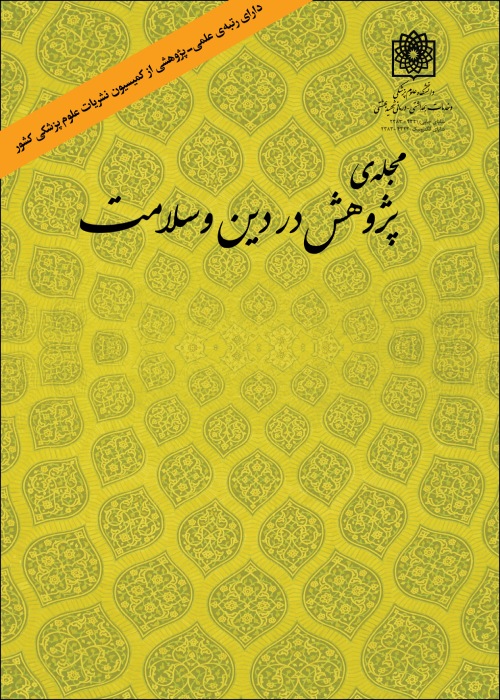Analyzing the Views of Orientalists Regarding the Veil Verse and its Relationship with Mental Health
Hijab is one of the religious teachings that has always been analyzed or criticized. Orientalists, for example, sometimes, with a selective and incomplete view of history and traditions, consider the Prophet (pbuh) as a person who agrees with the freedom and mixing of women and men, who was forced to accept the ruling of hijab and separate men and women and forced his wives to accept hijab and stay home by threatening to divorce them. The purpose of this study is to explain and analyze the opinions of Orientalists regarding their incorrect understanding of the ruling of the hijab verse and its relationship with mental health.
This is a review study. It starts with a description of the opinions of Orientalists such as Fatemeh Mernissi, Leila Ahmad and Barabara Stoesser, who investigated the causes of the hijab ruling from a historical perspective. And then their views were analyzed by referring to historical and explanatory books. The authors reported no conflict of interests in the present study.
Hijab is a divine command that was issued gradually and step by step in the free society of that era in order to correct people's behavior, and the Prophet (pbuh), without any obligatory influence from others, paid a special attention to implementation of hijab rules in the society. The women of the age of the Prophet (pbuh) often accepted hijab as their right and a factor for an active presence without any social harm towards themselves and men without any pressure and even by freely choosing the color black to cover themselves with the motive of having more grandeur and glory in the circle of hypocrites, and did not view the veil as limitation, isolation, and an unacceptable responsibility.
Therefore, hijab is something that preserves the mental health of women and consequently the family and society, and this is the view that the holy law has sought to achieve by making the rules of wearing hijab for all ages, but some orientalists have a negative view of hijab without paying attention to its effect on women's mental health and as a result the society, and have a partial and temporary view of it considering hijab as a sign of seclusion, concealment and humiliation of women.
Hadiths , Hijab , Mental Health , Orientalists , Quran , The Prophet
- حق عضویت دریافتی صرف حمایت از نشریات عضو و نگهداری، تکمیل و توسعه مگیران میشود.
- پرداخت حق اشتراک و دانلود مقالات اجازه بازنشر آن در سایر رسانههای چاپی و دیجیتال را به کاربر نمیدهد.


